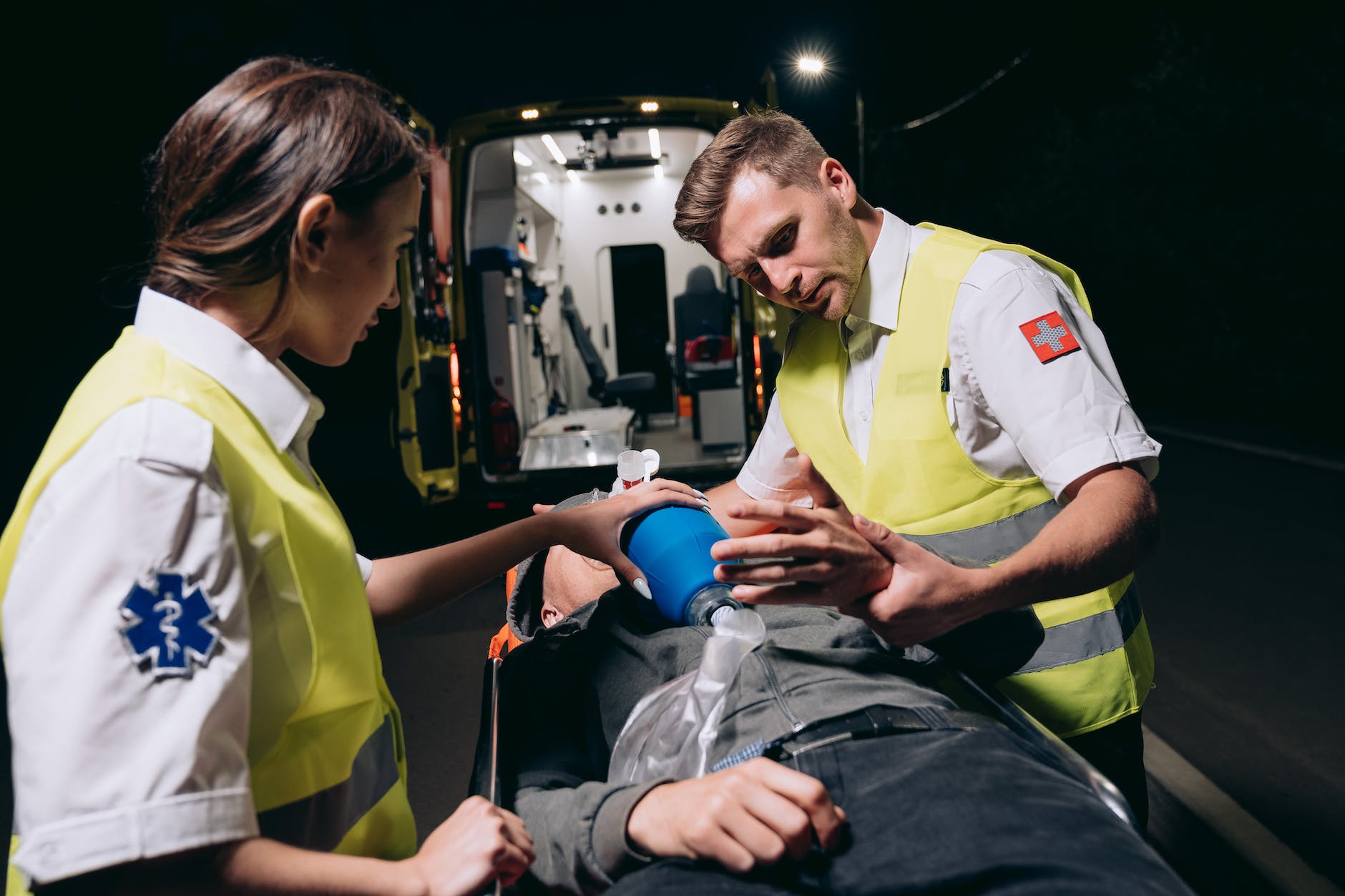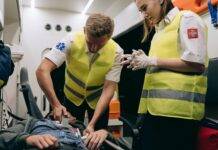
The ABCs of First Aid: A Comprehensive Guide for Every Situation
The ABCs of First Aid : In our unpredictable world, accidents and emergencies can happen at any time. Being equipped with basic first aid knowledge can make a significant difference in handling these situations effectively. Whether you’re at home, work, or out and about, understanding the ABCs of first aid can empower you to provide immediate assistance and potentially save lives.
Introduction
When emergencies strike, knowing how to administer first aid can be the difference between life and death. This comprehensive guide will walk you through the essential components of first aid, focusing on the ABCs: Airways, Breathing, and Circulation. We’ll also delve into additional crucial topics to ensure you’re well-prepared to handle a wide range of situations.
Why First Aid Matters
First aid is the initial assistance provided to a person who has been injured or is suddenly taken ill. By promptly administering appropriate techniques, you can stabilize the person’s condition until professional medical help arrives. The ABC approach ensures that critical life-supporting systems are prioritized.
A – Airways
Clearing Obstructions
Maintaining clear airways is paramount. Learn how to quickly identify and clear obstructions to prevent choking. The Heimlich maneuver can save lives by dislodging objects from the airway.
Recovery Position
When someone is unconscious but breathing, placing them in the recovery position prevents the tongue from blocking the airway. This simple technique can be lifesaving.
B – Breathing
CPR (Cardiopulmonary Resuscitation)
CPR combines chest compressions and rescue breaths to maintain blood circulation and oxygen supply. Learning the proper technique is vital for reviving someone in cardiac arrest.
Rescue Breaths
For those who have stopped breathing but still have a pulse, rescue breaths provide oxygen. Understanding the correct ratio of compressions to breaths is key.
C – Circulation
Controlling Bleeding
Injuries can lead to severe bleeding. Discover how to apply pressure, elevate wounds, and use bandages effectively to control bleeding and prevent shock.
Use of Tourniquets
When bleeding is severe, tourniquets can be applied as a last resort. Learn when and how to use them safely to save a life.
D – Defibrillation
Automated External Defibrillators (AEDs)
AEDs can shock a heart back to its normal rhythm during sudden cardiac arrest. Familiarize yourself with these devices in case of emergencies.
How to Use an AED
A step-by-step guide on using an AED: from attaching pads to delivering a shock. AEDs are user-friendly and designed for non-medical personnel.
E – EpiPen Administration
Anaphylaxis and Allergic Reactions
Anaphylaxis can be fatal without prompt intervention. Understand the symptoms and triggers of severe allergic reactions.
Administering an EpiPen
Administering an EpiPen can provide crucial time until medical help arrives. Learn how to use it correctly and when it’s necessary.
F – Fractures and Sprains
Immobilization Techniques
Immobilizing fractures and sprains reduces pain and prevents further damage. Different techniques for different situations.
Identifying Fractures vs. Sprains
Knowing the signs helps determine the appropriate first aid. X-rays might be necessary for a definitive diagnosis.
G – Good Samaritan Laws
Legal Protection for First Aid Providers
Understanding your rights and protections when providing first aid in good faith.
Understanding Your Responsibilities
While these laws vary, their core purpose is to encourage bystanders to offer assistance without fear of legal repercussions.
H – Heat-Related Illnesses
Heat Exhaustion and Heatstroke
Extreme heat can be dangerous. Learn to differentiate between heat exhaustion and heatstroke and how to address them.
First Aid for Heat-Related Issues
From moving to a cooler place to rehydration, discover the steps to take when someone is suffering from heat-related illnesses.
I – Insect Bites and Stings
Recognizing Different Bites
Identify and treat bites and stings from various insects. Some reactions might require medical attention.
Providing Relief and First Aid
From cleaning and applying ointments to taking antihistamines, know how to alleviate discomfort.
J – Joint Dislocations
Symptoms of Dislocation
Recognize signs of a joint dislocation and understand when professional medical help is necessary.
Safe Dislocation Reduction
Learn how to perform safe and effective joint reduction techniques in non-emergency settings.
K – Know Your Surroundings
Adapting First Aid to the Environment
Different settings might require specific approaches. Learn to adapt your first aid skills accordingly.
Outdoor and Indoor Considerations
Whether in the wilderness or at home, understand the unique challenges of each environment.
L – Loss of Consciousness
Fainting vs. Unconsciousness
Distinguish between fainting and unconsciousness, and provide appropriate care.
Ensuring Airway and Safety
When someone loses consciousness, maintaining an open airway and ensuring safety are top priorities.
Conclusion
Armed with the knowledge provided in this guide, you’re now better prepared to handle a variety of emergencies. Remember, acting swiftly and calmly can make all the difference. By following the ABCs of first aid and understanding the additional topics covered here, you can be a beacon of assistance when it’s needed most.
























